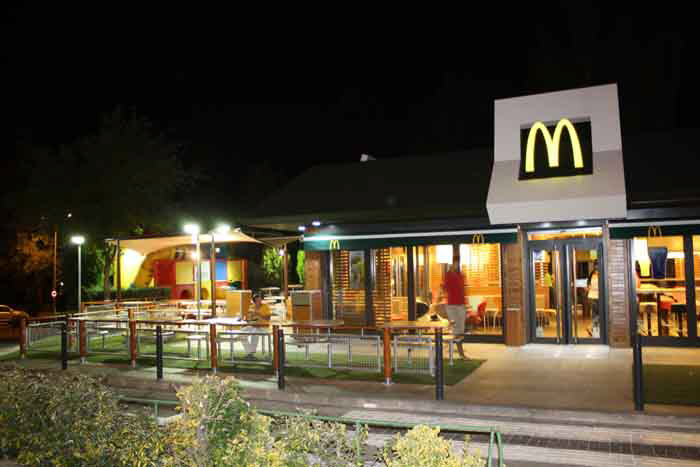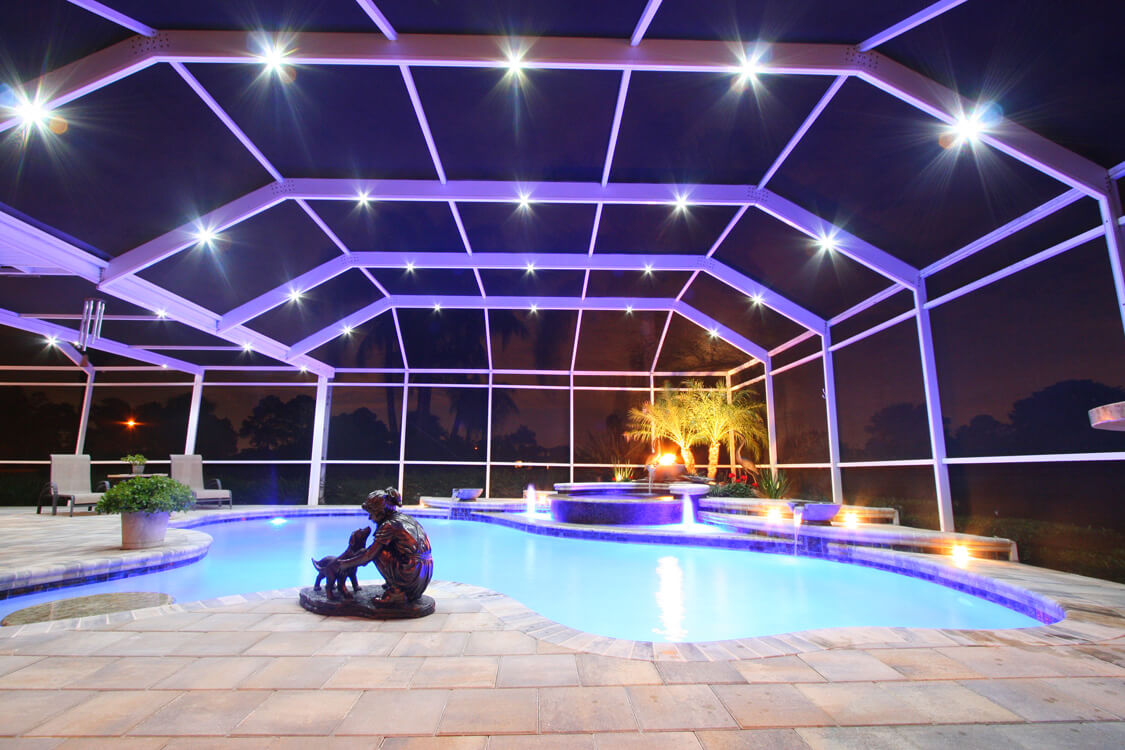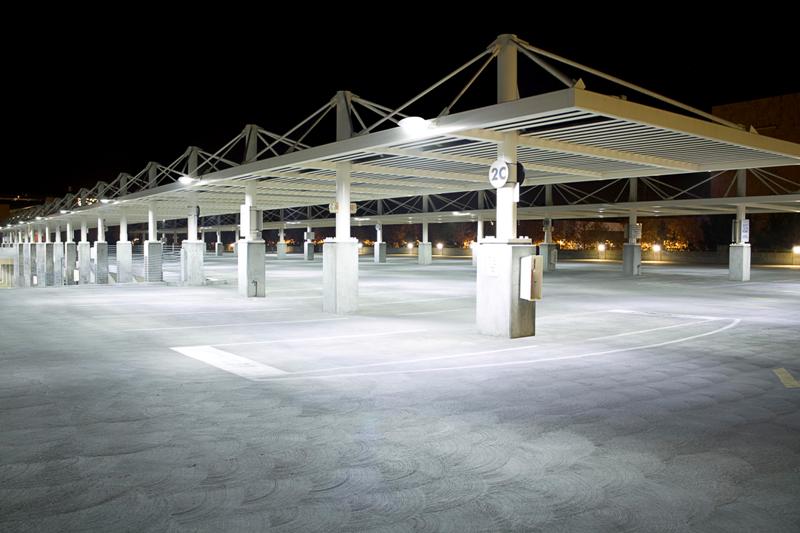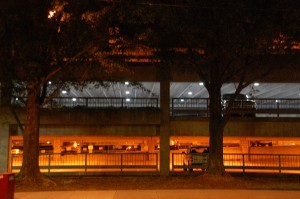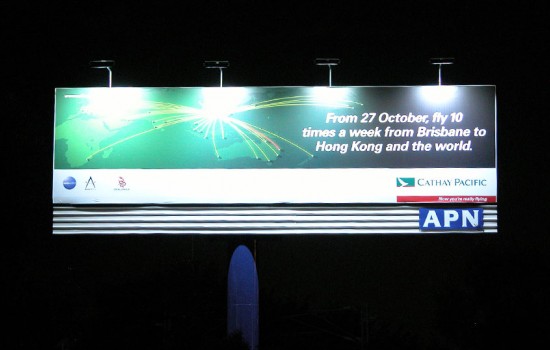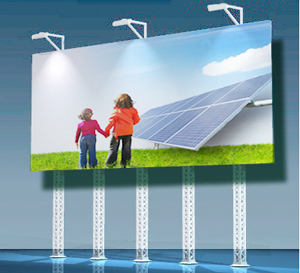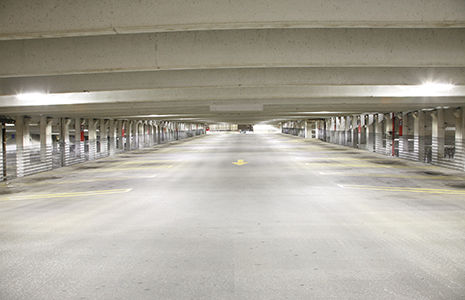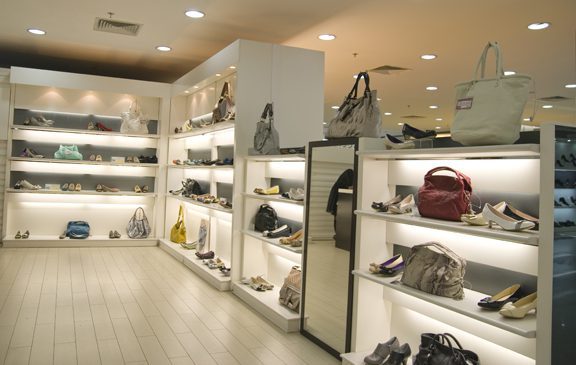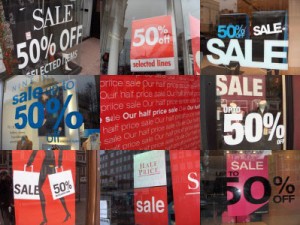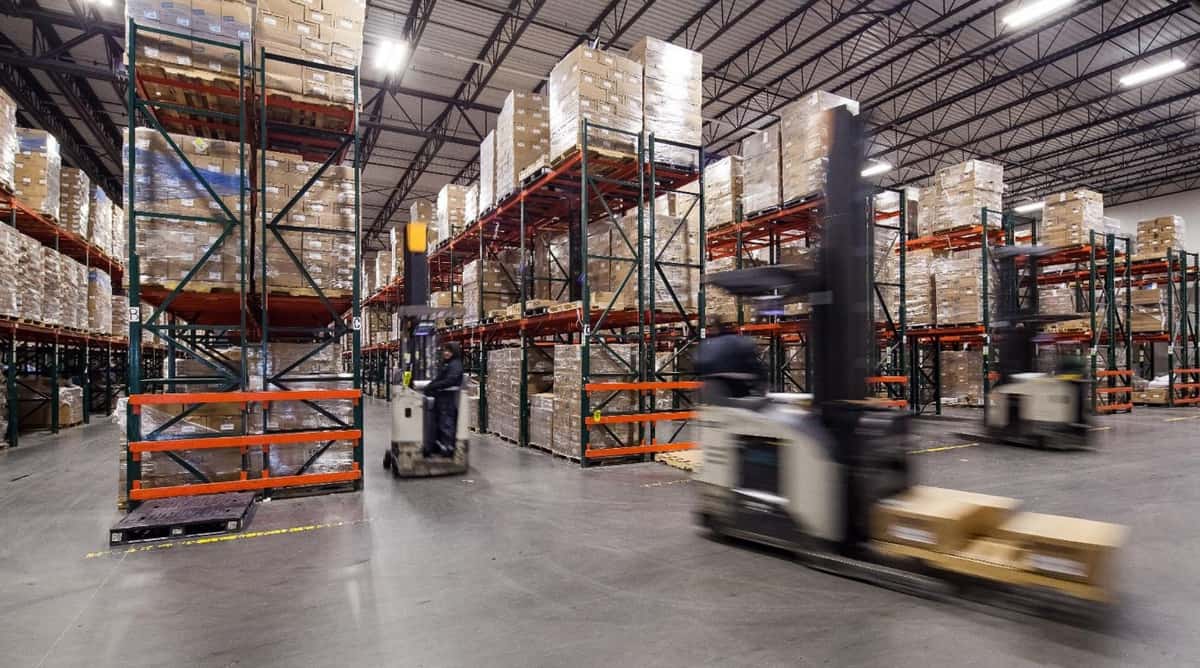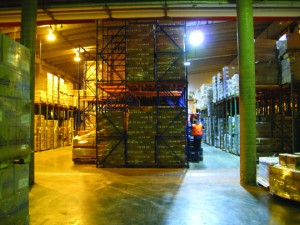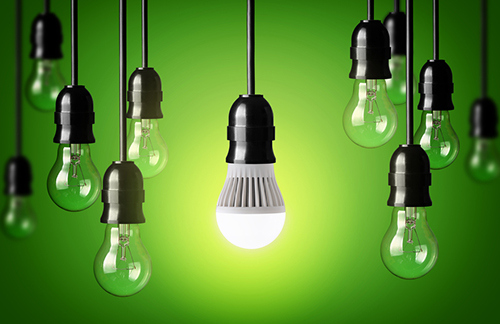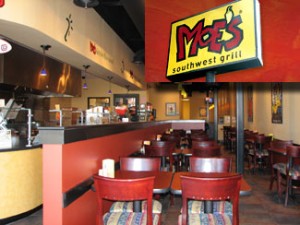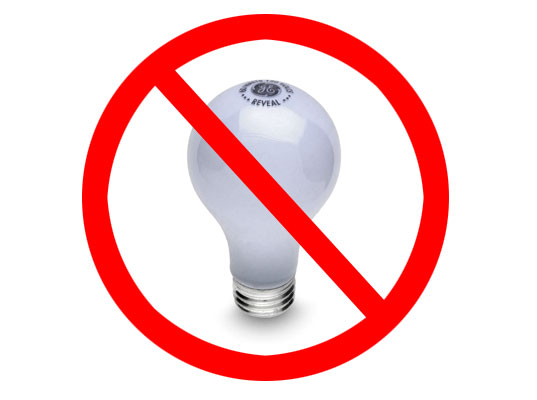 McDonald’s, an American classic fast food destination serving up hamburgers since 1955, is making some sustainable changes to its restaurants. As a national member of the United States Green Building Council, many McDonald’s restaurants have obtained Gold LEED certifications for its changes. For example, North Carolina’s first green McDonald’s restaurant in Cary tore down its old restaurant and built a new sustainable building according to LEED regulations. For its lighting, the McDonald’s uses a combination of Cree LEDs and skylights, reducing energy consumption by 78%. The photo sensors on the lights ensures there are appropriate light levels in the dining room and kitchen areas of the restaurant, and is also fully automated so that employees don’t have to worry about touching the lights! Cree’s LEDs can be found in the dining room, kitchen, bathrooms, hallways, drive-thru, and even the parking lot!
McDonald’s, an American classic fast food destination serving up hamburgers since 1955, is making some sustainable changes to its restaurants. As a national member of the United States Green Building Council, many McDonald’s restaurants have obtained Gold LEED certifications for its changes. For example, North Carolina’s first green McDonald’s restaurant in Cary tore down its old restaurant and built a new sustainable building according to LEED regulations. For its lighting, the McDonald’s uses a combination of Cree LEDs and skylights, reducing energy consumption by 78%. The photo sensors on the lights ensures there are appropriate light levels in the dining room and kitchen areas of the restaurant, and is also fully automated so that employees don’t have to worry about touching the lights! Cree’s LEDs can be found in the dining room, kitchen, bathrooms, hallways, drive-thru, and even the parking lot!
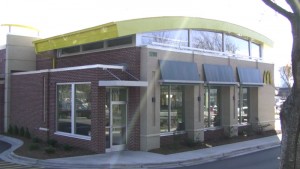 The lighting isn’t the only sustainable feature in Cary’s McDonald’s. When the old McDonald’s was demolished, 99% of the debris was either recycled or reused in building the new restaurant! The counters in the restaurant are made from recycled glass and concrete, and the kitchen and bathrooms have water-saving appliances installed, such as low-flow toilets. The landscaping outside includes plants and trees that require little or no water, reducing water usage by 550,000 gallons each year! The parking lot is paved with recycled concrete, and there are special parking spots for hybrid vehicles and charging stations for electric cars. Tables and wall decorations throughout the dining room were created from sunflower seed board, wheat board, kirei board, and bamboo.
The lighting isn’t the only sustainable feature in Cary’s McDonald’s. When the old McDonald’s was demolished, 99% of the debris was either recycled or reused in building the new restaurant! The counters in the restaurant are made from recycled glass and concrete, and the kitchen and bathrooms have water-saving appliances installed, such as low-flow toilets. The landscaping outside includes plants and trees that require little or no water, reducing water usage by 550,000 gallons each year! The parking lot is paved with recycled concrete, and there are special parking spots for hybrid vehicles and charging stations for electric cars. Tables and wall decorations throughout the dining room were created from sunflower seed board, wheat board, kirei board, and bamboo.
Other McDonald’s restaurants nationwide are also making similar changes. Look out for the new “green” McDonald’s!

